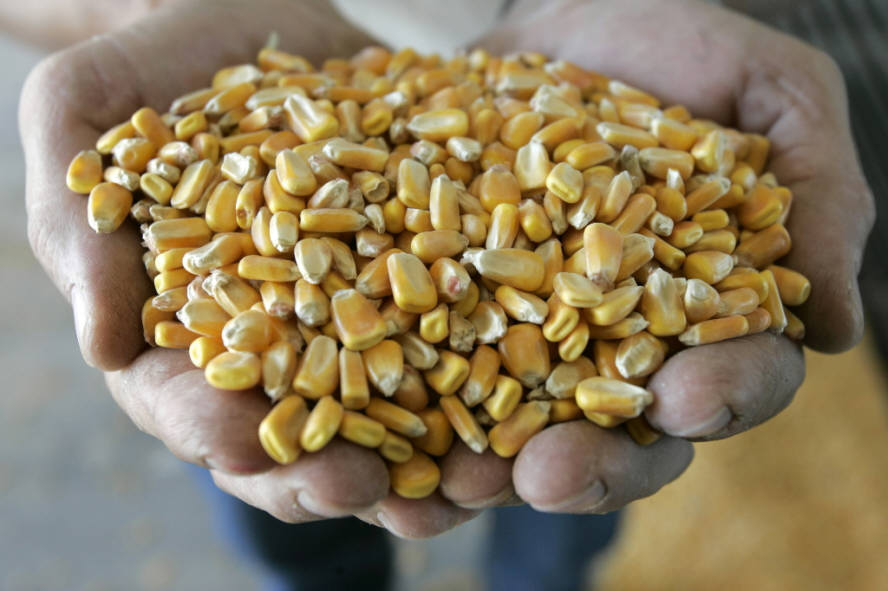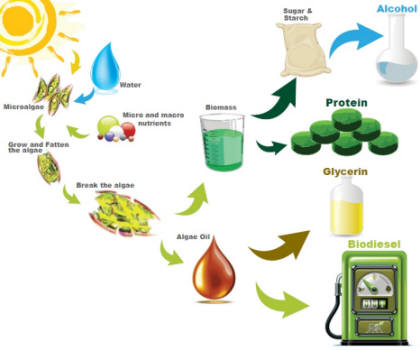

NEXT
BACK
There are several alternative fuels such as Compressed Natural Gas (CNG) or electrical hybrids in the market but we will only concentrate on fuels which use foam products to suppress fuel related fires.
Use caution with marketing of "clean fuels" or products that are "Environmentally friendly". While some aspects may be better for the environment (pertaining to carbon emissions) than those compared to other hydrocarbons, there are still serious health, safety and environmental risks with these fuels.
In some aspects (such as Ethanol spills in water), there may be a greater negative environmental impact. Regardless of the type or types of fuels used, and the pro & con debates, the fire service must perpetually adapt and stay well informed on how we will deal with emergencies.
Current State of the U.S. Ethanol Industry (Report) November 30, 2010
"Automakers have pledged to increase that number
and make FFV's (Flex Fuel Vehicles)
50 percent of their production line by 2015" (DOE 2009).
As the number of FFVs increases, the retail availability of E85 gas stations and fuel is expected to increase."
As of December 2010, Engine manufacturers have a lawsuit against the EPA trying to block E15 fuel as a replacement for E10.



